Mad Max: How to create the most stylish post-apocalypse
Let's talk about one of the great yet most amazing films of the 2010s.


"Mad Max: Fury Road" was released in 2015 and immediately fell in love with audiences worldwide. The film won six Academy Awards, several film editions put the picture on the list of the best films of the decade, and the director of "Parasite" (2019) admitted that he cried while watching "Mad Max." At first glance, it seems delusional: where did so much love come from?! it's about a spectacular but seemingly plot-simple chase movie.
But, in fact, "Mad Max: Fury Road" is much more complicated than that. How did George Miller make a sequel that overshadowed the original firms? How does "Fury Road" stand out from modern blockbusters, and why is it one of the best movies ever? Let's get to the bottom of it.
A different type of franchise
Mad Max is not a Star Wars-like saga with a linear plot - but several stand-alone films united by the main character. The first was made by budding Australian filmmakers George Miller and Byron Kennedy in 1979. This low-budget thriller was the origin of the titular hero's story, the story of his becoming. The action of the "Mad Max" franchise takes place in the not-too-distant future and, unlike the following parts, is still the face of the familiar civilization with the stores and law enforcement. The protagonist Max Rockatanski is a policeman who wants to leave his dangerous profession for the sake of his wife and young son. He is genuinely afraid of becoming as crazy as those he catches.
However, a gang of bikers kills first Max's best friend, then his wife and child. And in the end, he brutally reprisals the villains. "Mad Max" was a typical B-movie of its era with a cool hero, chases, and violence. It is much more interesting than a simple apologia of brutality. Once the revenge story is over, there is no room for triumph in the finale. We are left with a young Mel Gibson and his blank stare. The madness he feared so much has caught up with him after all. The low-budget project was a hit in Australia and was successful at the box office in other countries. The director seems to have inadvertently extracted an archetypal model character named Max from his subconscious.
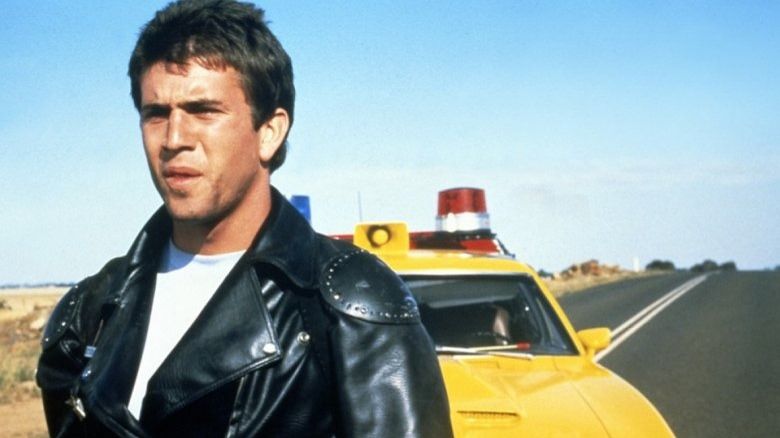
Max is a typical wanderer character familiar to western and samurai cinema fans. The sequel "Mad Max 2: Road Warrior" has long been considered the best and canonical part of the series: this is where all the elements we associate with the franchise come together in the first place. The traditional portrayal of the post-apocalypse, the figure of the lonely loner Max played by Mel Gibson, and, of course, the magnificent chase scenes.
While working on the second part, Miller was introduced to the works of Joseph Campbell, the American mythology researcher. The latter created a theory of the journey of the archetypal hero. Under the influence of his ideas, starting from the second part, the films of the series become variations of the same story: in it, a selfish wayfarer becomes, against his will, the defender of a group of people, overcomes the villains and embarks again on a journey to become a little better. Because of this approach, all parts of Mad Max are only conventionally connected. Yet, it also allowed "Fury Road" to become one of the best sequels in cinematic history.
In addition, the isolation of the films from each other allowed Miller not to torture himself or the audience with continuations of old lines. Before watching the last film of the series, there is no need to familiarize yourself with the last parts cause a new actor plays even the main character.
Everything you need to know about the movie is spelled out in a short opening scene. Lack of the context makes "Fury Road" different from other sequels of the world-famous movie series. George Miller will not evoke nostalgia or make the audience reflect - he wants to take him along into a colorful world of blood, fire, and chrome steel.
Perfect action movie
The visual style of "Fury Road" stands out sharply from most post-apocalyptic films and series. Usually, such films are made in a very faded color to emphasize the bleakness and hopelessness of human life after the collapse of civilization. By contrast, however, George Miller wanted the "Mad Max: Fury Road" picture to be full of color. Most of the film presents a stark contrast between the blue sky and the orange sand. The night scenes, too, are done with a vivid color scheme: a combination of blue and silver. For example, many action scenes tend to show us the most colorful action by giving the film too intense colors. Such an image feels plastic and gets old very quickly.
Miller and his team didn't want this effect, so they used high sharpness to emphasize the roughness of the film's post-apocalyptic world. This peculiarity is even more noticeable in the black-and-white version of the film, where the high contrast makes the image seem clearer. In the color version, the filmmakers had to go to great lengths to accentuate the necessary details, for example, the eyes of the characters. In The Road of Fury, there is a minimum of dialogue, so the actors must play with their bodies and facial expressions without using words.
To draw attention to the actors' acting even in dynamic scenes, the film's colorist, Eric Web, specifically added sharpness and contrast effects to the eyes.
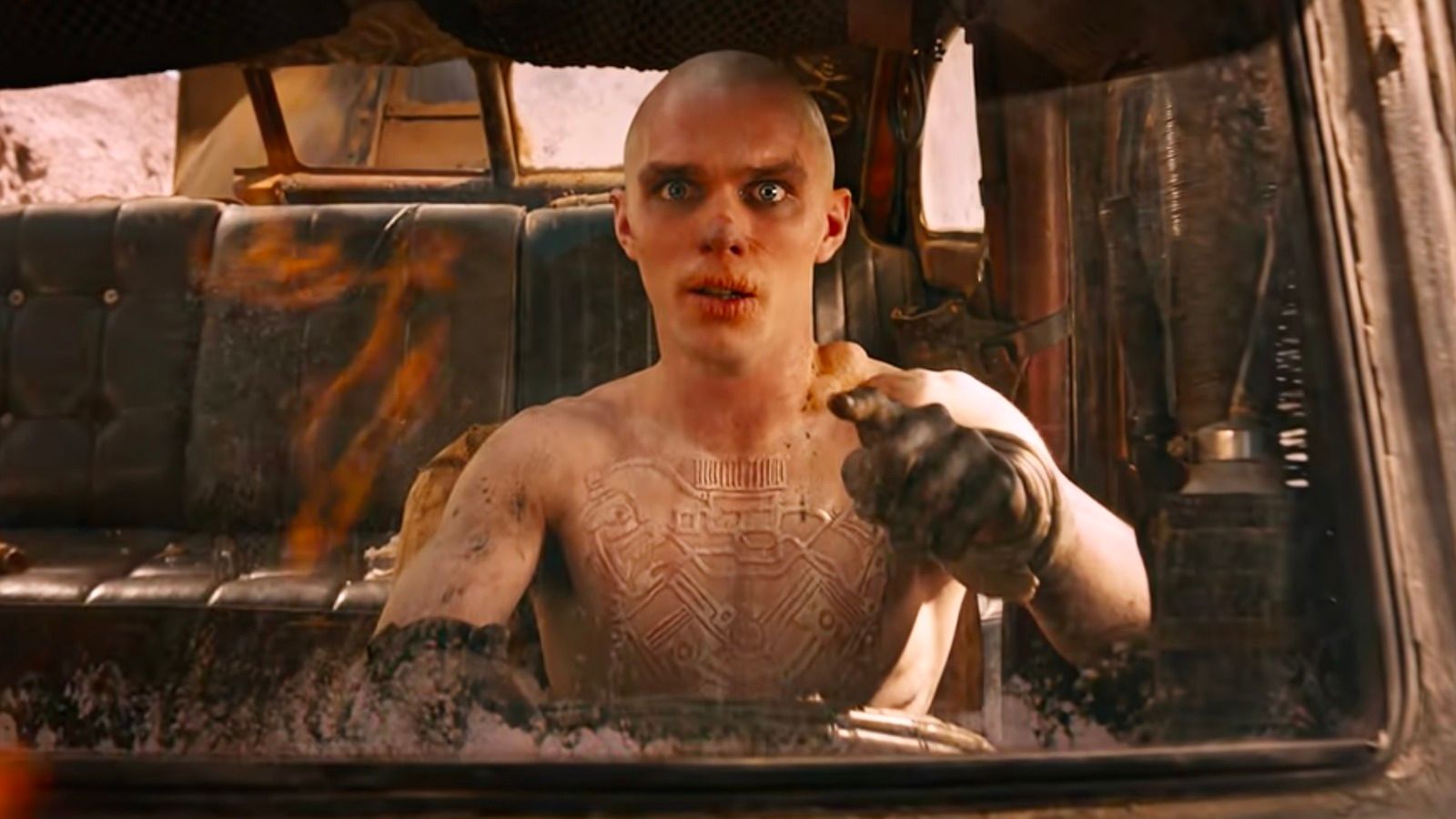
In addition, George Miller pays special attention to the position in the frame of the main subject or event. Such action directors as Michael Bay (you may also be interested in reading How to make a Boom: Michael Bay) like to create chaos by putting important parts of the frame in different positions after editing. This approach has the disadvantage that the viewer ceases to understand what is happening on the screen. Miller instructed the cameraman that the main action should always be in the middle of the frame. As a result, even in the craziest dynamic scenes, the film remains understandable, not overpowering the viewer, but rather immersing them into cinematic world of Mad Max.
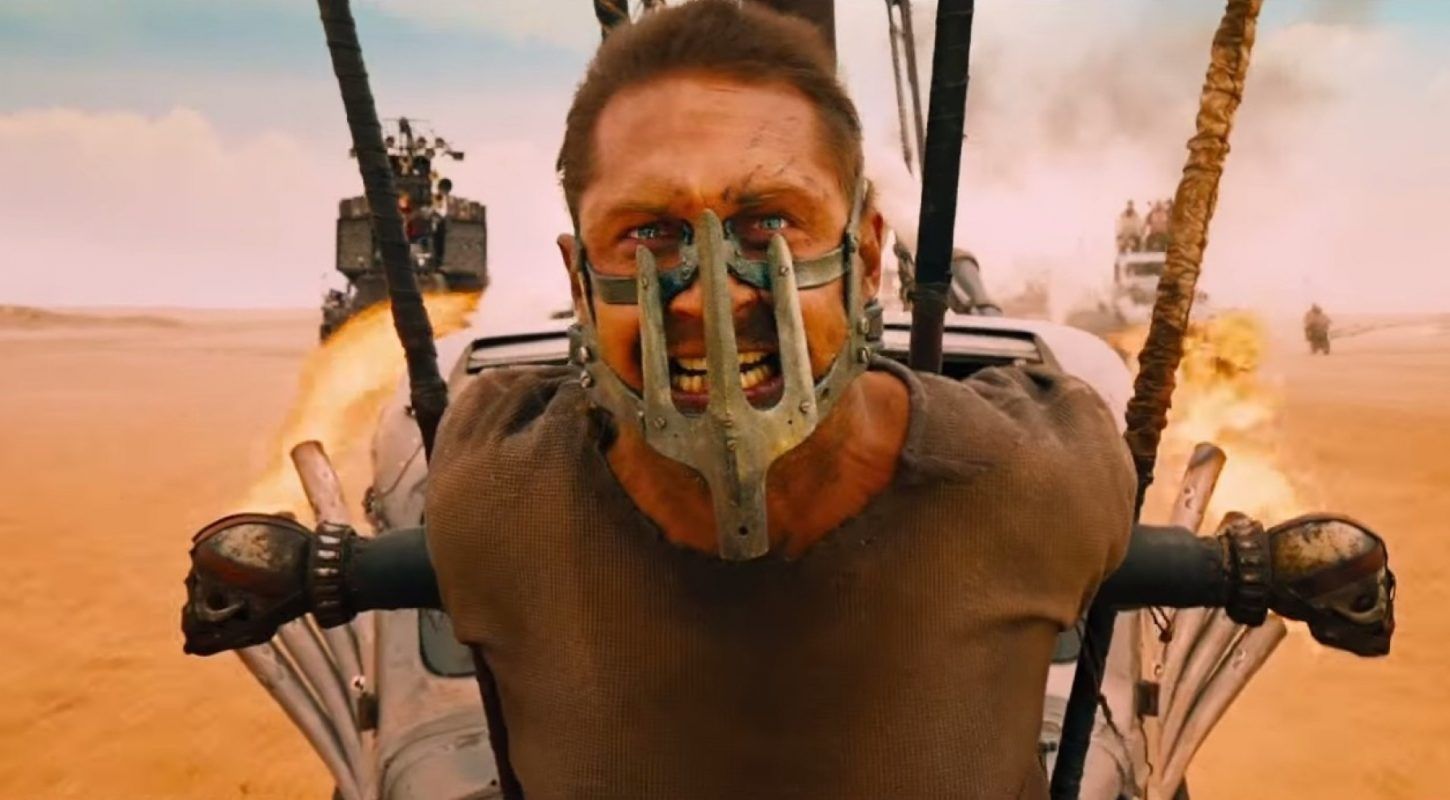
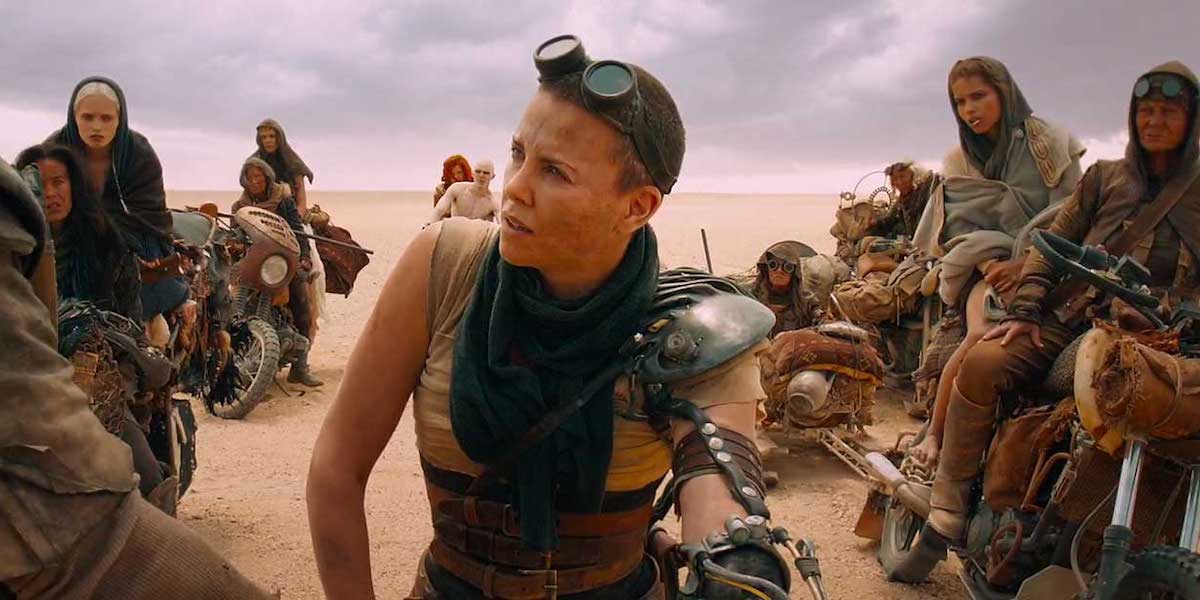
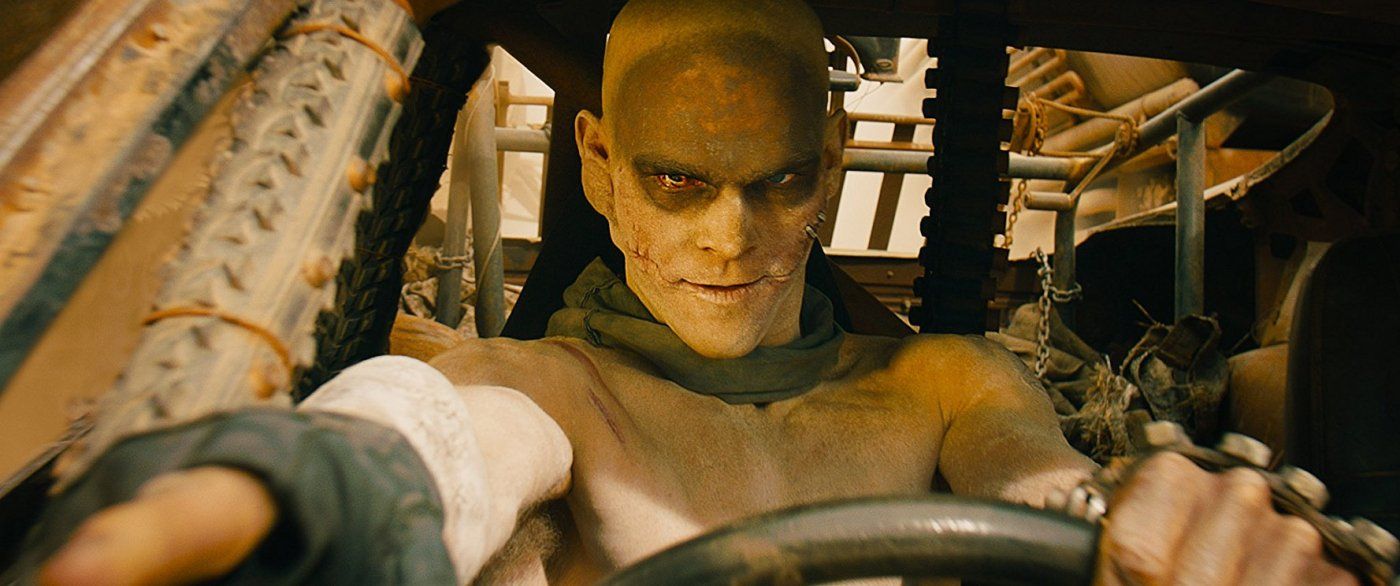
George Miller's work with space also influences the action. The director always clarifies the objects' position in relation to each other. We also have to give a credit to the ingenious editing by Miller's wife, Margaret Sixel, who had to watch almost 500 hours of footage to visualy emphasize the drama of the film.
Thanks to this dedication, "Fury Road" is a rare example of a great Hollywood blockbuster where the action scenes have a rhythm close to the musical. Various tricks, like experimenting with the number of frames per second, helped to achieve this. 60% of the timeline is devoted to experimenting with frames speed. In this way, the director was able to adjust the rhythm and dynamics of the action scenes. This trick comes from silent movies and is called underclocking.
George Miller used this technique in "Fury Road" to achieve a sense of speed. Thanks to the poetic editing, the film is fast and a bit cartoonish, almost in the spirit of the classic Looney Tunes cartoons or the silent films of the director's idols, Harold Lloyd and Buster Keaton.
Drama without a script
Hardly anyone dares to challenge the brilliance of "Fury Road's" action, but there are frequent complaints about the film's plot. Allegedly it's just a chaotic mix of action scenes somehow connected. In fact, under the hood of the film is one of the strongest dramatizations in blockbusters in the last decade.
For starters, you have to give credit to the superb development of the world of Mad Max. The picture didn't have a script in the traditional sense. Still, Miller and writer Nick Lathouris created a voluminous bible for the film, detailing the characters' stories and aspects of the universe. Some of these stories have served as the basis for comic books, from which you can learn about the origins of the Citadel, for instance. Writers of fantasy films and TV series usually try to spell out the details of the world through dialogues, monologues, or a canvas of text at the beginning, but it's not the case with Miller's picture.
However, directors's goal was to keep the need for these tools to a minimum. The meticulous elaboration of the world of "Fury Road" is first and foremost reflected on the screen through the design, the costumes of the characters, and their actions. This approach creates a sense of authenticity in the film's compelling universe.
In addition to the rich universe, the film has clear character arcs. There are three in total: the story of Max, played by Tom Hardy; the warrior, played by Nicholas Holt; and the Imperator Furiosa, played by Charlize Theron, who outshines all the other characters in the film. All three arcs share a classic dramaturgical device: the conflict between the hero's desire and what he/she/they need.
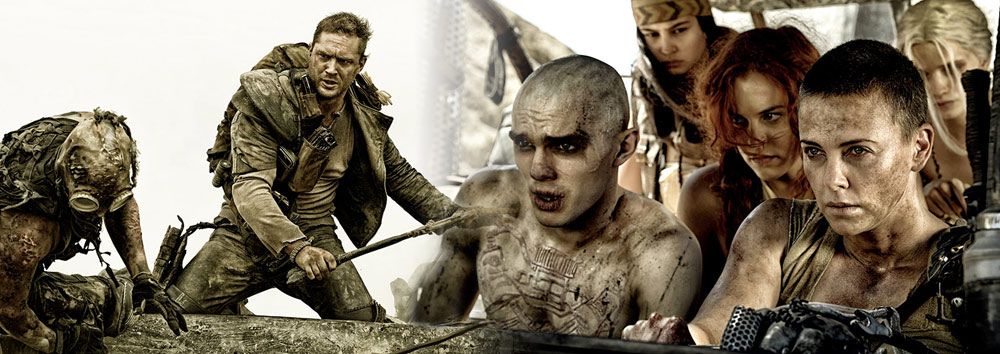
Max begins the film at the lowest point in the entire series. His wanderings lead him to insanity, to an animal state. Survival is the film's central theme; the protagonist struggles to survive in a dangerous world but meeting other characters awakens humanity and the capacity for empathy. Now Max comes to the opposite conclusion: surviving alone is impossible - but only together. Although he does leave at the end, continuing the series tradition, the hero has learned the power of friendship.
Furiosa, on the other hand, seeks redemption for the evil she has done to the world and so decides to steal the villain's wives and take them to a green oasis - almost a paradise for the film's desert world. Like Tom Hardy's character, Furiosa has to rethink her actions and not run from danger but fight them face to face.
Nux is one of the many warriors in the army of the immortal Joe, so the limit of his dreams is a heroic death In Praise of his battle commander. After several attempts, however, he is forced to join Max and the Furiosa group, where he unexpectedly finds what he needs: sympathy. In the finale, Nux still dies, but now it is not the act of a fanatic - by this sacrifice, the character saves his new family.
So why don't many people see the story in the film? Because it is not told in the way, they are used to. Modern cinema relies too heavily on dialogue and monologues to reveal the story. This is even the case of many recent popular films: the writers usually carefully craft the story and dialogue but leave the action scenes to the director. As a result, the film usually breaks down into everyday moments that move the plot and epic action. The "John Wick" sequels are great examples.
On the other hand, Miller explored the possibilities of pure cinema from the first film, where the main focus is not on actors and dialogue - but on editing, camerawork, expressive techniques, and setting. Only cinematography has these techniques.
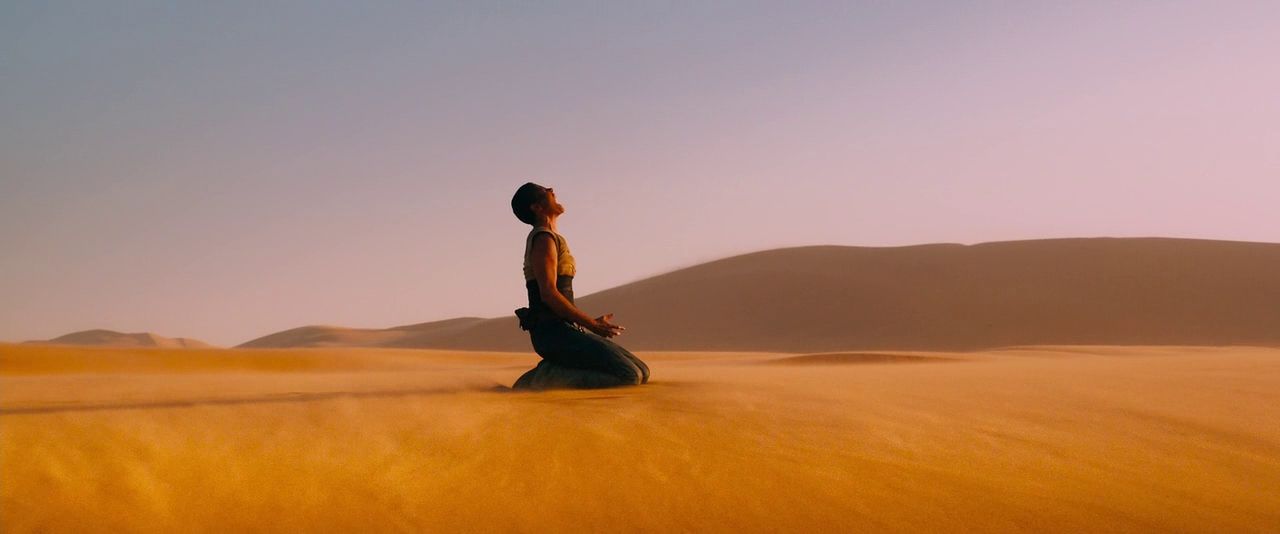
Instead of the traditional text, the director, along with production designer Brendan McCarthy, created some 3,500 storyboards for the upcoming film McCarthy even ended up on the list of screenwriters for second place just behind Miller, although he did not write a single line of dialogue. In "Fury Road", the crazy action scenes are woven seamlessly with the plot and characters.
Miller's approach is the reason why critics around the world love Fury Road so much. The director does not create complex intellectual paintings, but his film best captures the very spirit of cinema as a separate and distinct art form. And while Miller primarily makes action films, it's hard to criticize him for not taking the themes raised in the movie seriously. Mad Max is a fierce critique of militarism and muscular, which all the male characters in the film express. Through their transformation and change, Miller provides his commentary. Fury Road can also be interpreted as an eco-activist or even sociopolitical film.
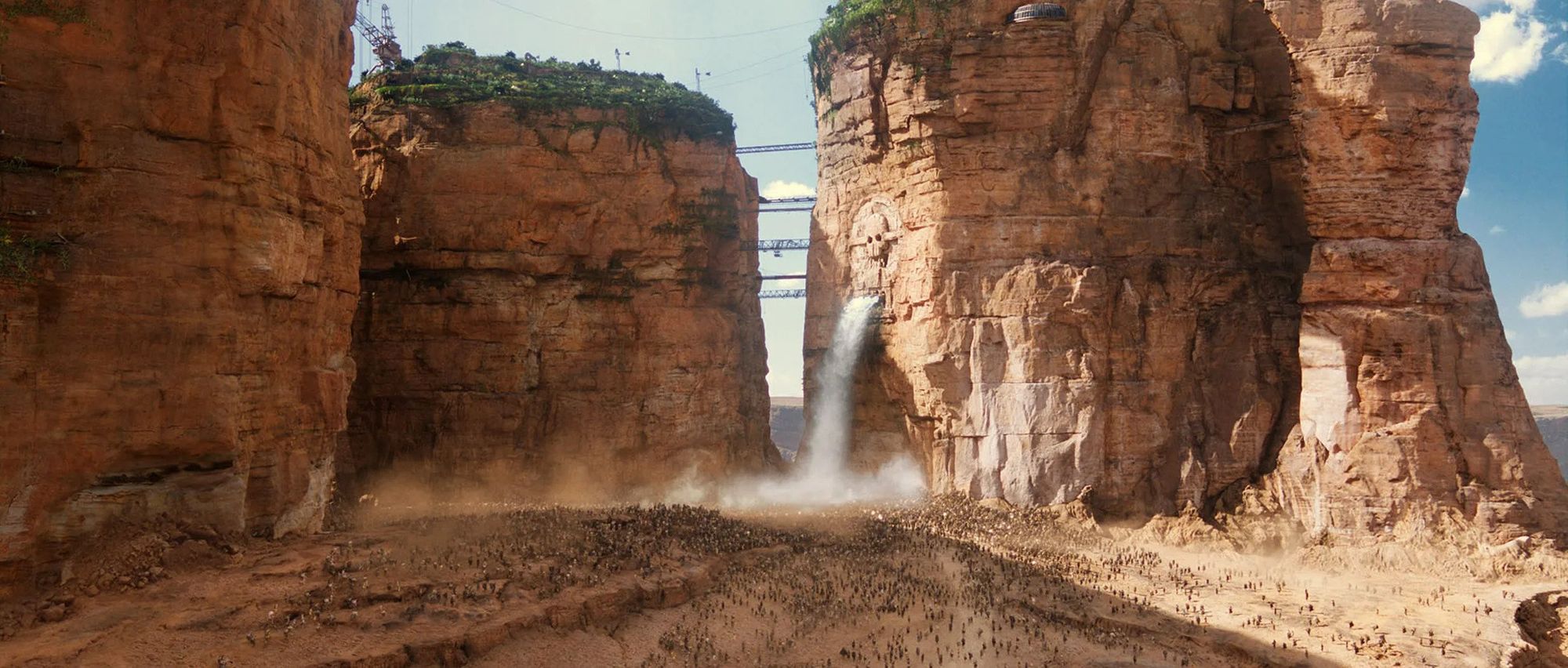
In the movie, the power decides which subordinates should live and which should die, and people are often cut down to their biological functions, such as mothers being reduced to the level of cows only giving milk and wives who the antagonist only needs for healthy offspring. Not so bad for just a chase movie.
Afterword
Such is George Miller's film, which evokes many emotions and raises many themes. The authors have managed to create a terrifyingly frightening post-apocalypse that is simultaneously incredibly captivating with its mythology and mysteries. We agree that this film could argue with many of the usual choices for apocalypse movies, but we will remain with the "Mad Max: Fury Road".